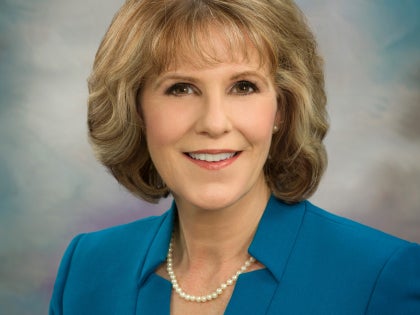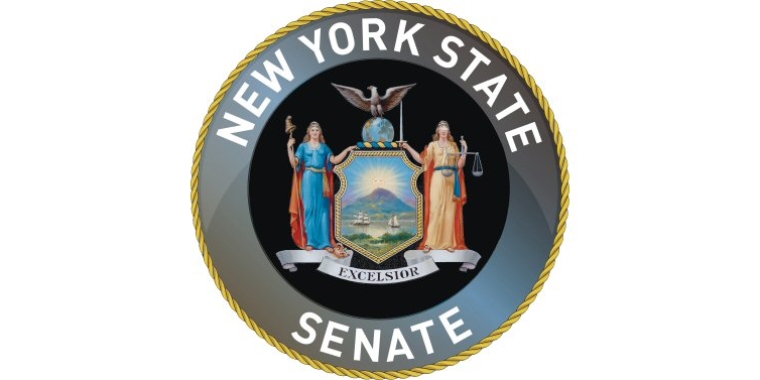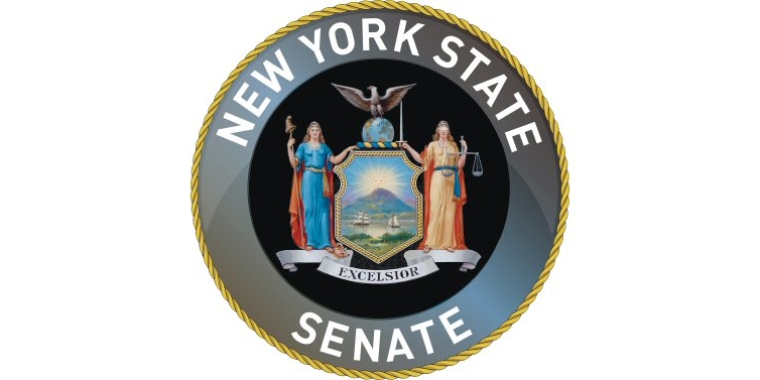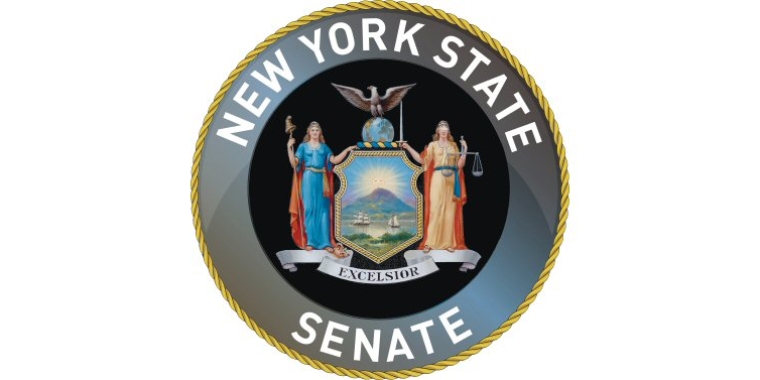
Senate Passes Legislation to Increase Access to Dental Care In Underserved Communities
Catharine Young
May 28, 2015
-
ISSUE:
- Health
Measure would add dental services to the “Doctors Across New York” program
ALBANY – Untreated oral diseases which can lead to serious health consequences and even life threatening medical emergencies, and a severe shortage of dentists in underserved areas, are the target of the “Dentists Across New York” legislation authored by Senator Catharine Young (R,C,I-Olean) that recently passed the State Senate.
Under her bill, S.3020-A, the Department of Health (DOH) would be authorized to add dentists to the extremely successful “Doctors Across New York” program, opening greater dental services up to underserved areas of the state by enabling dentists to be recruited and receive financial incentives to work in communities that currently lack dentists.
“The shortage of dentists in both rural areas and inner-cities presents a serious public health problem that needs to be rectified. Untreated oral diseases present serious medical risk, including heart disease and diabetes, along with the pain, infection and tooth loss that can easily result,” said Senator Young.
“This issues is particularly dangerous for young children who, when left without access to dental care, can easily develop poor dental hygiene habits that result in negative long-term health implications. According to the Department of Health, about 24 counties, most of them rural, have emerging dentist shortages, with only one dentist for every 3,000 people. Those figures are cause for alarm,” Senator Young said.
According to The Pew Charitable Trusts, nearly 16 million low-income children went without dental care in 2013. A study done by the Trusts also found that children were admitted to emergency rooms more than 215,000 times for preventable dental issues at a cost of more than $104 million.
“Attracting dental professionals to rural areas, like the communities I represent, would have a positive effect battling this public health crisis. Health officials estimate that the state needs an additional 371 dentists to meet current demands. A study coordinated by the DOH’s Bureau of Dental Health found that the state’s numbers declined from 16,872 in 1997 to 15,291 in 2006 and the median age of a dentists in New York State is 52. We need to cultivate a new generation of practitioners who can serve the tremendous needs of our rural communities,” she said.
“The legislation would also assist dentists with education loan repayments in exchange for committing to practice for five years in an underserved area of New York. The availability of important dental services can save someone from a lifetime of medical problems,” Senator Young said.
“This effort will also save taxpayer money long-term, as it decreases medical costs often picked up by taxpayer funded programs, and reduces costs that result from expensive emergency room visits,” said Senator Young.
"The Assembly must now follow suit and pass this important initiative to provide greater healthcare coverage for children and other underserved New Yorkers,” she said.
In this year’s state budget, Senator Young successfully secured $500,000 to support two programs that are currently being used to address the ongoing shortage of dental care in rural areas of New York State.
For the second year in a row, the state budget includes $250,000 to fund the Rural Dentistry Pilot Program, which provides mobile dental services to children in the rural communities that make up Allegany, Cattaraugus, and Chautauqua Counties.
The program is expected to expand to 30 schools and several Head Start locations within the three counties this year.
Senator Young also obtained $250,000 to fund a rural dental demonstration program that will be conducted by the New York State Dental Association (NYSDA). The program will sponsor two free dental clinics per year in four or five Federally Qualified Health Centers located in different rural areas of New York State. The clinics will provide free dental services for at-risk populations.
These free dental clinics are expected to reach 500 patients over the course of a year, providing at least $600,000 in free dental care in underserved regions.
Share this Article or Press Release
Newsroom
Go to NewsroomStatement from NYS Senator Catharine M. Young (R,C,I-57th District)
February 28, 2019
Town of Mansfield Slated to Receive $300,000 State Grant
February 27, 2019


